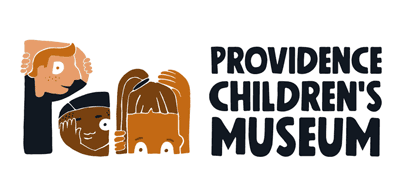Sphere Interactions
Developed by Shannon McLaughlin, PCM Play Practicum 2023, Verizon Tech Enhanced 2023
(FOCUS: Grade 5, Earth Science, Invention Literacy, Design Thinking)
Students will explore Earth’s spheres and how they are connected. They will learn about the biosphere, geosphere, hydrosphere, and atmosphere, and how they work together to support life on Earth. The students will create a terrarium in a plastic bag and create a model of two spheres interacting.
Materials to gather
- Chromebooks/tablets
- Plastic zip-lock bags
- Soil
- Plants
- Slideshow of pictures of people (at the beach, in a pool, in the woods, having a picnic, etc.)
- Water Cycle Go Noodle (for follow up the next day)
- Poster boards
- Markers
- Clay
- Crayons
Set Up
- Students are grouped at tables of 4 or 5
- Tablets should be checked for technology.
- Stations set up with materials for terrarium and a station for model of spheres.
Student’s Job
How do Earth’s spheres interact with each other?
- Ask student’s to recall the Earth’s spheres (Atmosphere, Biosphere, Geosphere, Hydroshere ~ these were taught in previous lesson)
- Present Google slide with various photos (i.e.,person swimming in the ocean, a bird flying across the sky, someone shoveling snow, a deer in a forest drinking from a stream). Go through each slide with students asking them to identify how the spheres are interacting.
- Explain that we will be doing two activities today. The first will be a model terrarium in a plastic bag andthe second making a model of two spheres interacting.
- Introduce the terrarium activity. Discuss how the spheres (plant represents the biosphere, soil represents the geosphere, water represents the hydrosphere and the air in the bag represents the atmosphere).
- Have groups build the terrarium (tomorrow we will check on them and talk about the condensation that will be on the bag. We will do water cycle GoNoodle to review the water cycle)
- Once terrariums are complete, students will be asked to choose two spheres and build a model of how they interact. They can use paper, crayons, markers, clay. Each group will present their models after 15 minutes of building.
- Finally, students will spend some time on google Earth looking at faraway places and writing down any interesting interactions they see between Earth’s spheres.
Further Challenges:
With ELL students, they could be directed to their Native country on Google Earth.
Teacher’s Job
Standards Alignment
RICCSS – Rhode Island Common Core State Standards
5-ESS2-1: Develop a model using an example to describe the way the geosphere, biosphere, hydrosphere, and/or atmosphere interact.SEP.2 Developing and using models Develop a model using an example to describe a scientific principle.
Prepare/ Background Info
Students should be aware that the Earth has four sphere’s and be familiar with the water cycle.
Effective Facilitation Strategies
Allow students think time and share their thoughts/findings.
Play to Notice (Learning Framework)
Building the terrariums, using materials to create a model and using Google Earth.
Content Matter to Notice
Make sure students are understanding the cause/effect each sphere has on the other.

